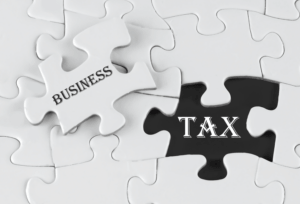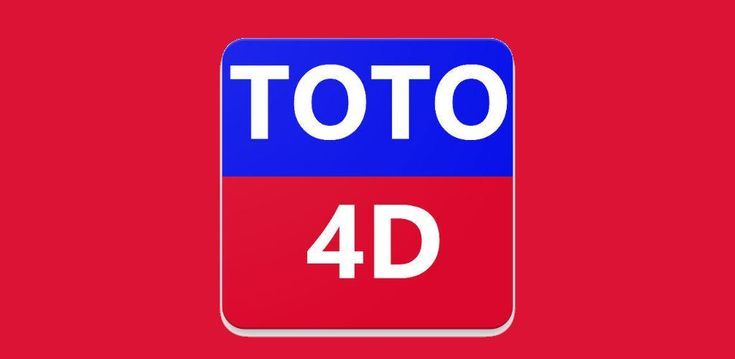
Enter “NA” if the requirement to report loan term does not apply to the covered loan or application that your institution is reporting. Enter “NA” if the requirement to report combined loan-to-value ratio does not apply to the covered loan or application that your institution is reporting. Enter “NA” if the requirement to report prepayment penalty term does not apply to the covered loan or application that your institution is reporting.
2 Data format and itemization

Let’s explore each entry in more detail using Printing Plus’sinformation from Analyzing and Recording Transactions and The Adjustment Process as our example. The Printing Plusadjusted trial balance for January 31, 2019, is presented inFigure 5.4. Let’s look at another example to illustrate the point.
1: Describe and Prepare Closing Entries for a Business
We want income statements to start every year from zero, but for accounts like equipment, debt, and cash accounts—reported on the balance sheet—we want to keep a running balance from the beginning of the business. The first entry requires revenue accounts close to the Income Summary account. To get a zero balance in a revenue account, the entry will show a debit to revenues and a credit to Income Summary. Printing Plus has $140 of interest revenue and $10,100 of service revenue, each with a credit balance on the adjusted trial balance.
Step #3: Close Income Summary

All drawing accounts are closed to the respective capital accounts at the end of the accounting period. Take note that closing entries are prepared only for temporary accounts. Permanent accounts track activities that extend beyond the current accounting period. They’re housed on the balance sheet, a section of financial statements that gives investors an indication of a company’s value including its assets and liabilities.
2 HMDA Help
Use Code 1111 if, pursuant to the 2018 HMDA Rule, your institution is not reporting Credit Score. Enter “1111” if, pursuant to the 2018 HMDA Rule, your institution is not reporting Credit Score. Enter “Exempt” if, pursuant to the 2018 HMDA Rule, your institution is not reporting Rate Spread. Enter, in numeral form, the date of action taken by year, month, and day, using YYYYMMDD format.
- That’s why most business owners avoid the struggle by investing in cloud accounting software instead.
- You should recall from your previous material that retained earnings are the earnings retained by the company over time—not cash flow but earnings.
- The income summary account serves as a temporary account used only during the closing process.
- What is the current book value of your electronics, car, and furniture?
- All drawing accounts are closed to the respective capital accounts at the end of the accounting period.
Trial Balance

The FHA TOTAL Scorecard AUS commonly returns results that correspond to Codes 1, 2, 3, 4, 8, 13, 18, and 19. If your results differ, report the AUS result(s) received. The AUS of the Federal Home Loan Mortgage Corporation (Freddie Mac) commonly returns results that correspond to Codes 8, 9, 10, 11, 12, and 13. If more than one result is returned on the Feedback Certificate, report the Risk Class result. The AUS of the Federal National Mortgage Association (Fannie Mae) commonly returns results that correspond to Codes 1, 2, 3, 4, 5, 6, 7, and 15.
- They arealso transparent with their internal trial balances in several keygovernment offices.
- All such information is provided solely for convenience purposes only and all users thereof should be guided accordingly.
- If your result(s) differ, report the AUS result(s) received.
- Enter either Total Loan Costs or Total Points and Fees or indicate that neither reporting requirement applies by entering “NA” for both.
- Enter “NA” if the requirement to report rate spread does not apply to the covered loan or application that your institution is reporting.
- You can close your books, manage your accounting cycle, issue invoices, pay back vendor bills, and so much more, from any device with an internet connection, just by downloading the Deskera mobile app.
- When you compare the retained earnings ledger (T-account) to the statement of retained earnings, the figures must match.
The above entry decreases the balance of retained earnings account. The above entry increases the balance of retained earnings account. Using the above steps, let’s go through an example of what the closing entry process may look like.
- This is done to distinguish between the performance of one accounting period and the next.
- If more than one result is returned on the Feedback Certificate, report the Risk Class result.
- This is from the income summary to the retained earnings account.
- Use Code 5 if your institution uses an Automated Underwriting System that 1) is not listed in the enumerated Automated Underwriting Systems, and 2) is not an internal proprietary system.
- The following video summarizes how to prepare closing entries.
- Permanent accounts track activities that extend beyond the current accounting period.
Step 4: Close withdrawals to the capital account
The HMDA Platform can accept negative numbers for Rate Spread. The HMDA Platform can accept negative numbers for Income. Enter closing entries the location of the property securing the covered loan or, in the case of an application, proposed to secure the covered loan.
Step 4: Closing the drawing/dividends account

If expenses were greater than revenue, we would have net loss. A net loss would decrease owner’s capital, so we would do the opposite in this journal entry by debiting the capital account and crediting Income Summary. From this trial balance, as we learned in the prior section, you make your financial statements. After the financial statements are finalized and you are 100 percent sure that all the adjustments are posted and everything is in balance, you create and post the closing entries. The closing entries are the last journal entries that get posted to the ledger.













































































































